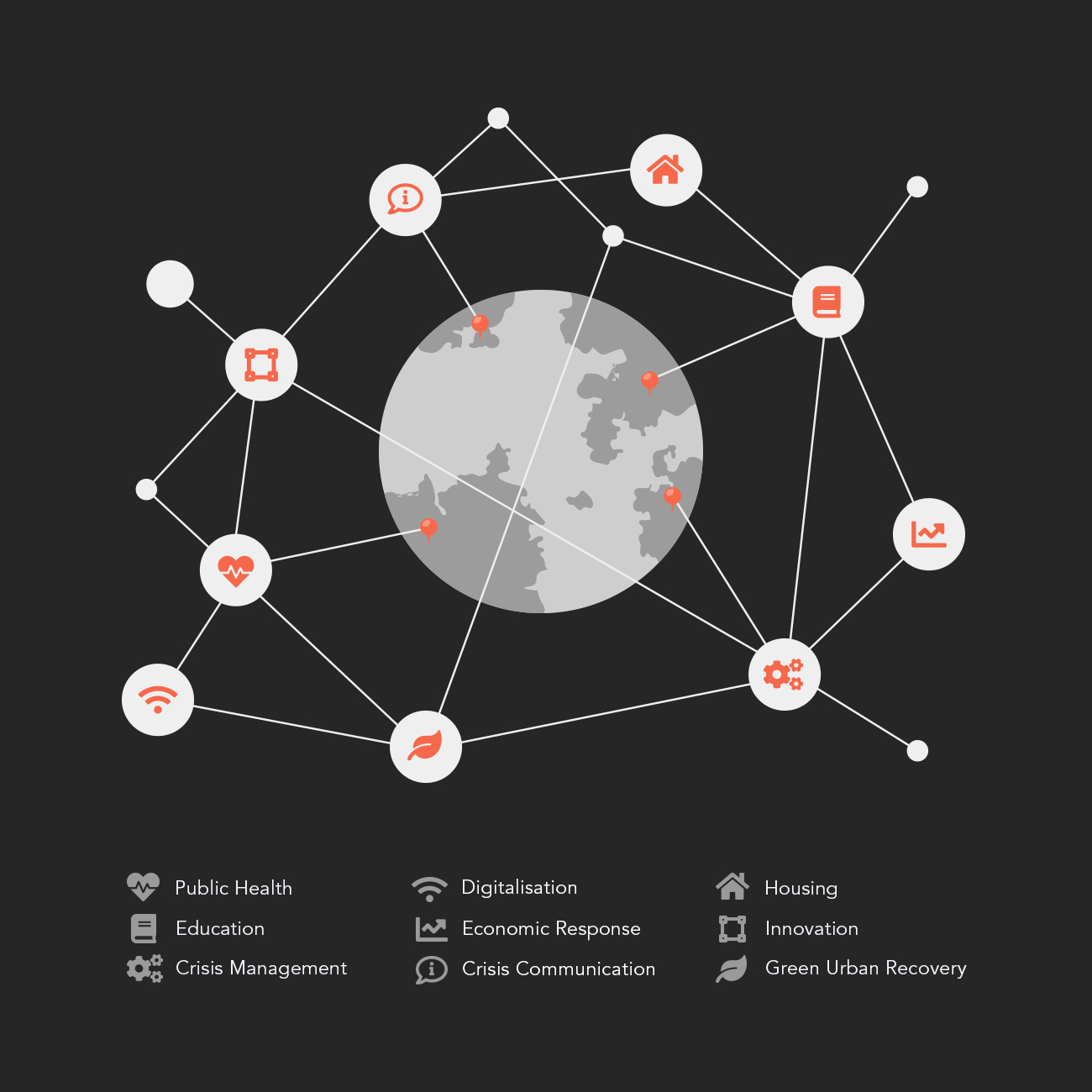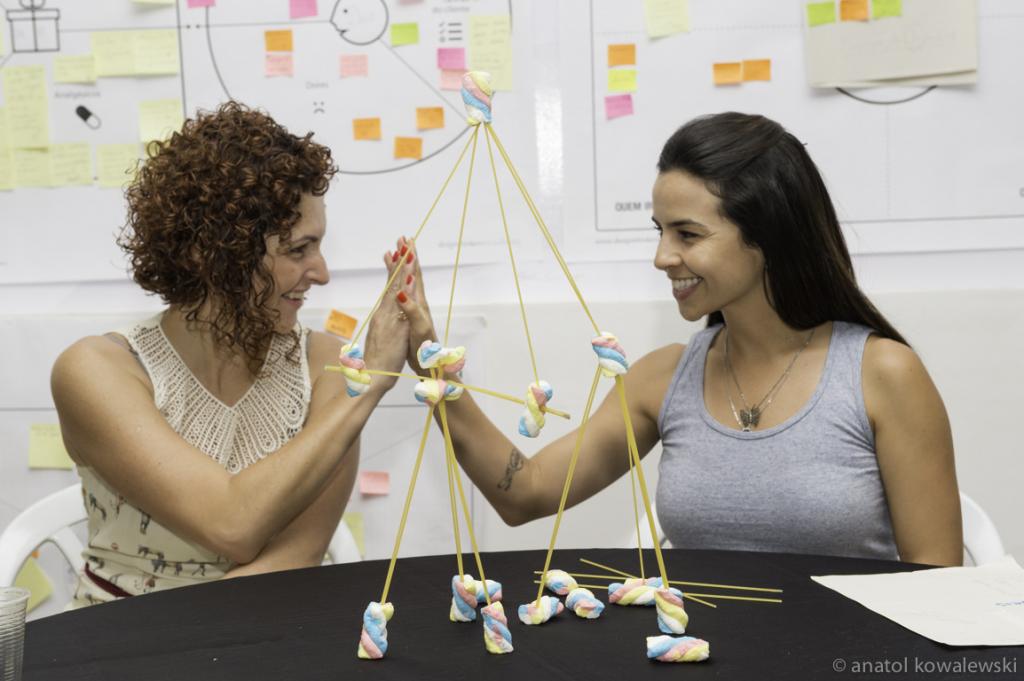Inspired by “Characteristics of wicked problems” (Rittel and Webber, 1973)

This was a call to all Bauhaus students by dean Lucius Burkhard and inspired us to think about how we can define problems in the first place.
The last two years have taught us that things are not black or white. Especially our two year engagement with Connective Cities and local administrations highlighted how global crises (pandemic, climate crisis, war, environmental catastrophes) trigger creativity in the ways we think about solutions but also demand for new ways of diagnosing problems.
We decided to share some of our learnings from academia and practice since we are lucky enough to have learnt and experienced some great ways to diagnose challenges and tackle them.
One of the key ingredients for an innovation mindset is understanding the problem and defining it properly. An easy to memorize, but hard to apply statement that obliges us to find different ways to approach the problems in order to be as accurate as possible along the Design Thinking process.

Usually related to public or social innovation, wicked problems exist in all spheres of life. It doesn’t matter if we are facing a personal, social, political or corporate challenge, if we dig properly we’ll find that some problems are “impossible to solve”. According to Rittel and Webber (1973) there are 10 characteristics that help you track and recognize a Wicked Problem.

- There is no definitive formulation of a wicked problem.
- Wicked problems have no stopping rule.
- Solutions to wicked problems are not true-or-false, but better or worse.
- There is no immediate and no ultimate test of a solution to a wicked problem.
- Every solution to a wicked problem is a “one-shot operation”; because there is no opportunity to learn by trial-and-error, every attempt counts significantly.
- Wicked problems do not have an enumerable (or an exhaustively describable) set of potential solutions, nor is there a well-described set of permissible operations that may be incorporated into the plan.
- Every wicked problem is essentially unique.
- Every wicked problem can be considered to be a symptom of another problem.
- The existence of a discrepancy representing a wicked problem can be explained in numerous ways. The choice of explanation determines the nature of the problem’s resolution.
- The planner has no right to be wrong.
Challenging, isn’t it? And that’s the idea. If we truly demand ourselves to frame wicked problems according to these characteristics, we’ll definitely boost creativity along the Design Thinking process, because the greatest ideas come from truly understanding the nature of the greatest challenges.
Pssst… we designed a digital poster with the “10 Characteristics to identify wicked problems” Do you want it? Send us a message and it’ll be yours.





